National Gallery of Victoria
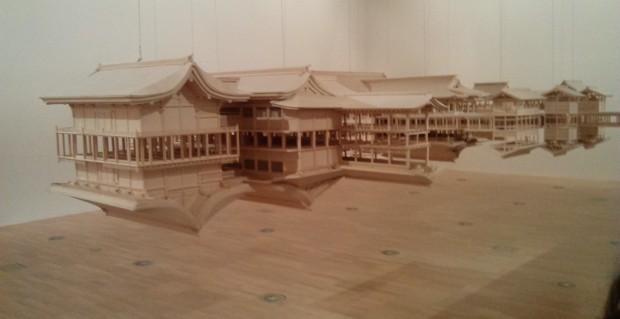
December 2014
TVC wandered mainly in the European wing this trip but the floating wooden Japanese village by Takahiro Iwasaki was a highlight, as were hardy perennials ‘The Garden of Love’ by Vivarini (1465-70), with its formal marble fountain bordered by trellised fruits (tomatoes? pomegranates? Triffids?); Jan Brueghel’s ‘Calvary’ (c. 1610) with its blue oils on copper and a harsh landscape with dogs and prurient audience watching the faith-man suffer; a little ‘St Jerome’ (c. 1540) peering into the blue distance in which birds wheel like bomber-planes; Poussin’s ‘The Crossing of the Red Sea’ (1632-4) and its choppy sea and Israelite dragging one of Pharaoh’s Army (not in good nick) ashore; ‘The Banquet of Cleopatra’ (1743-4) in which Tiepolo has Cleopatra outdoing Marc Anthony in excess by drinking her own pearl earring; Wyndham Lewis’ cubic ‘Inferno’ (1937) in its big silver frame; Corot’s ‘The Bent Tree’ (1855-60) in brilliant wintery light; Waterhouse’s ‘Ulysses and the Sirens’ (1891) where the seven lovely, serious, intense and dangerous sirens come alarmingly close, one actually perching on the boat’s side, nudging an oarsman; and the wrung-out Doge Loredano (1567-70) by Tintoretto.
We asked ourselves: why did the renaissance misstep by glamourizing Christ and the saints, robbing their late medieval humanity? When you see a medieval Christ, thin and pasty, aged by his formalized bleeding, he seems one of us, or we could be one of him (that being the point). We also asked: How did George Stubb’s lion get onto the back of that stallion? Has he leapt from the trees growing on the far side of the brook or has he invisible wings? Less intriguing was the appearance of ‘Head of a Man’ (c. 1880s), which was restored to the relatives of the victims of art theft, who have kindly lent it back to the NGV. Perhaps not too kind – it clearly is not a Van Gogh, in our opinion.
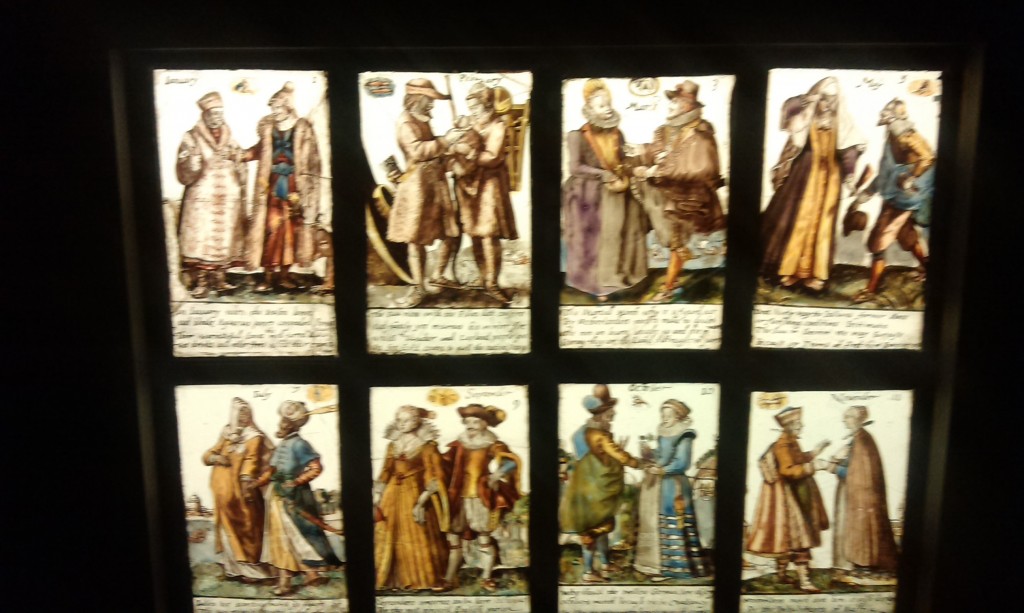
Leave a comment...
While your email address is required to post a comment, it will NOT be published.

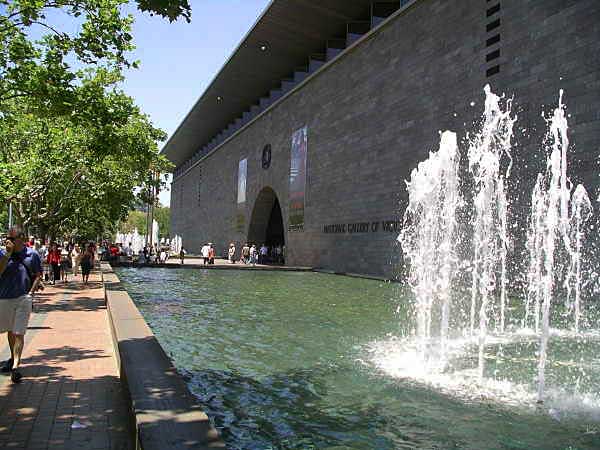
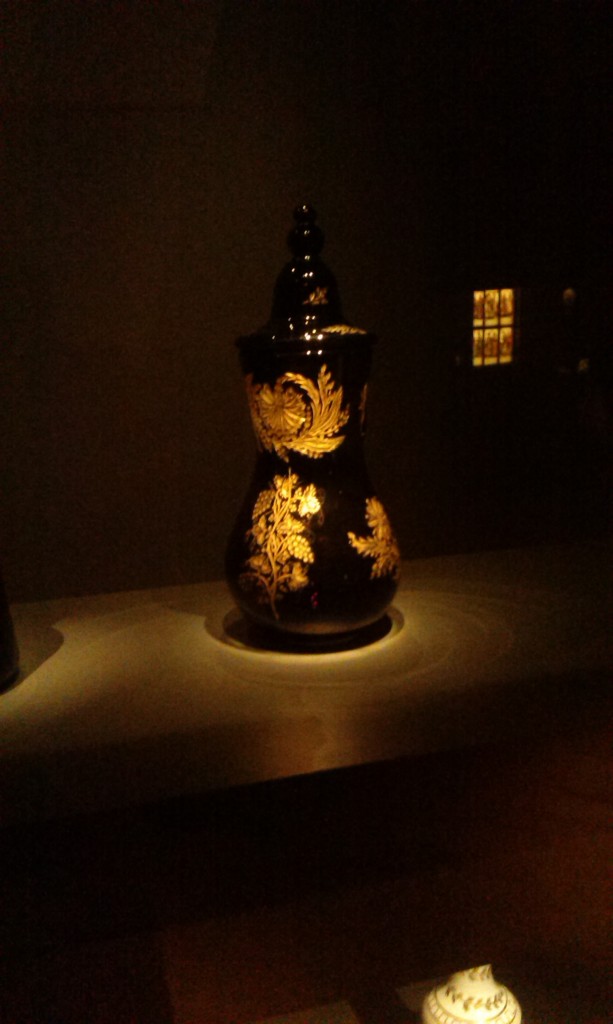
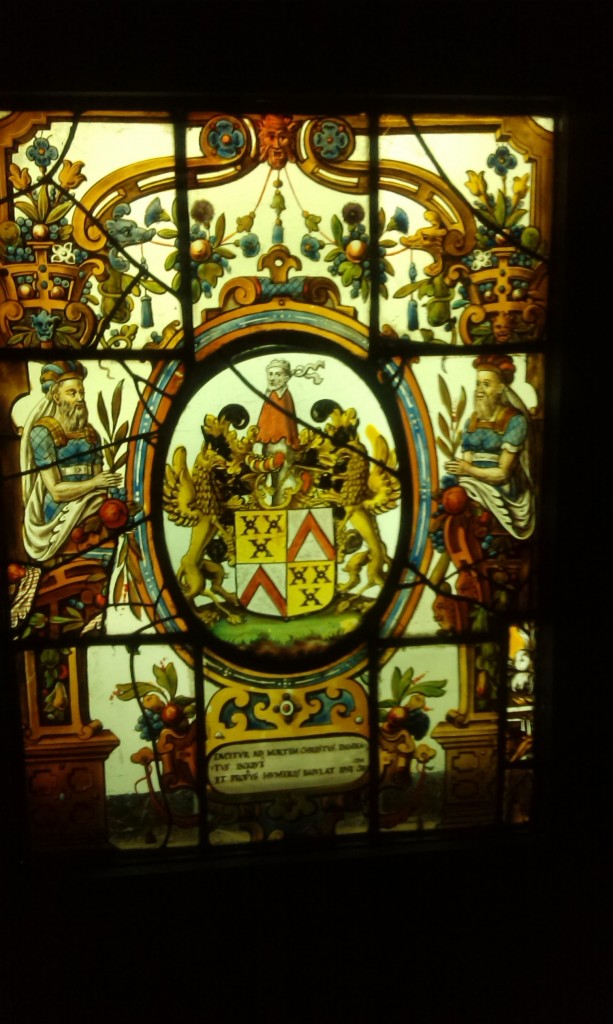

0 Comments